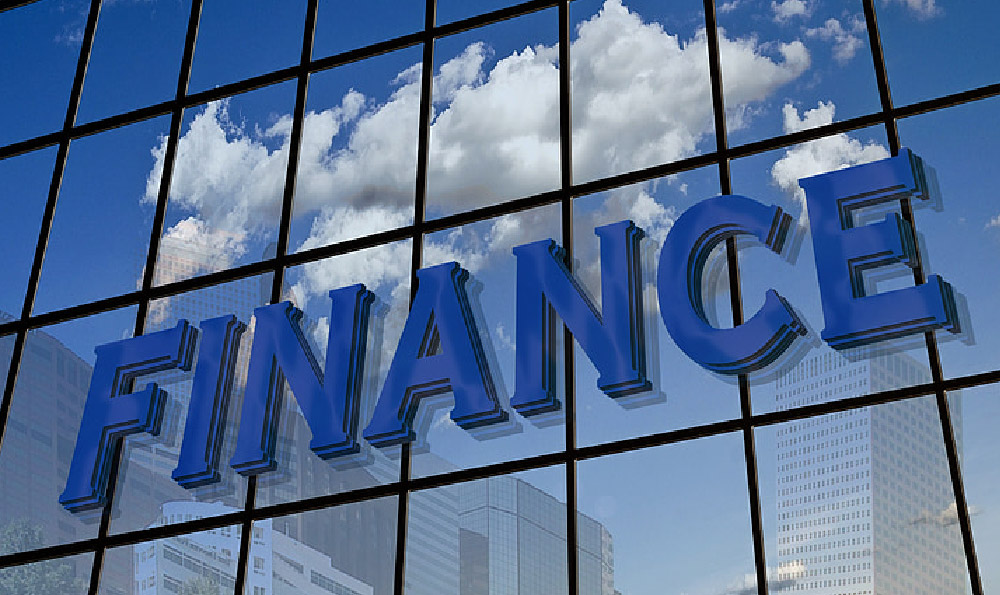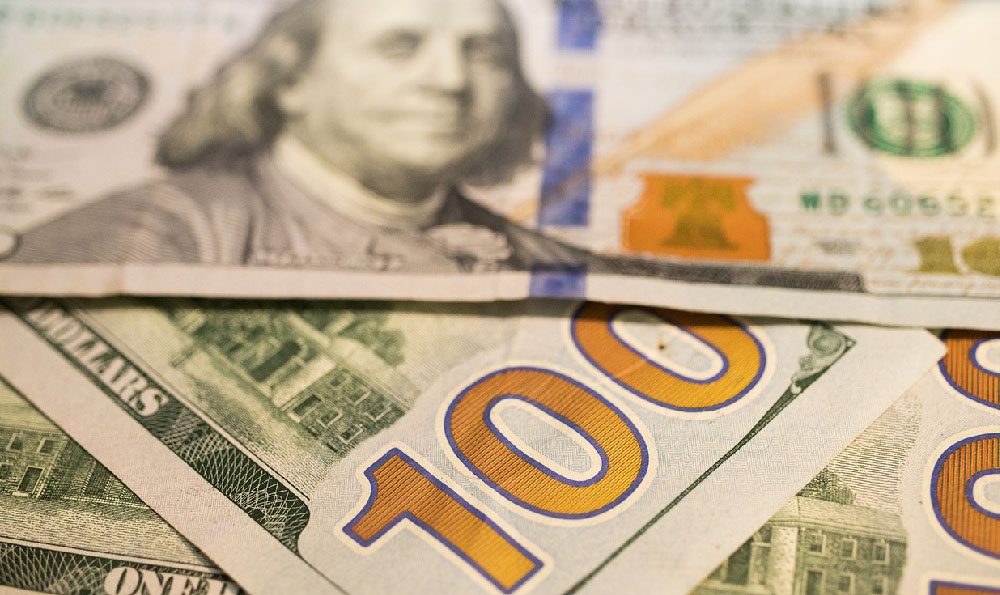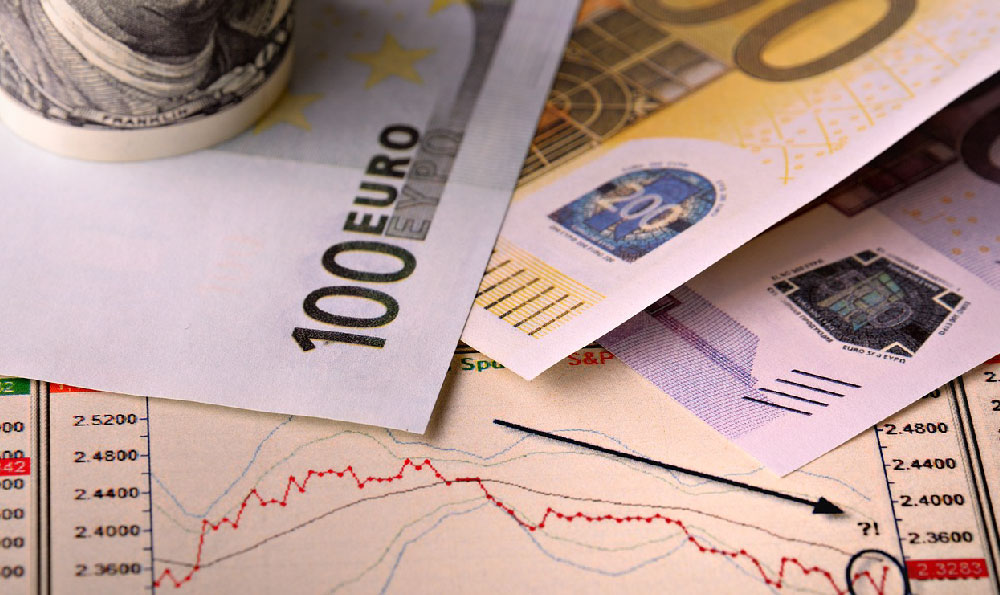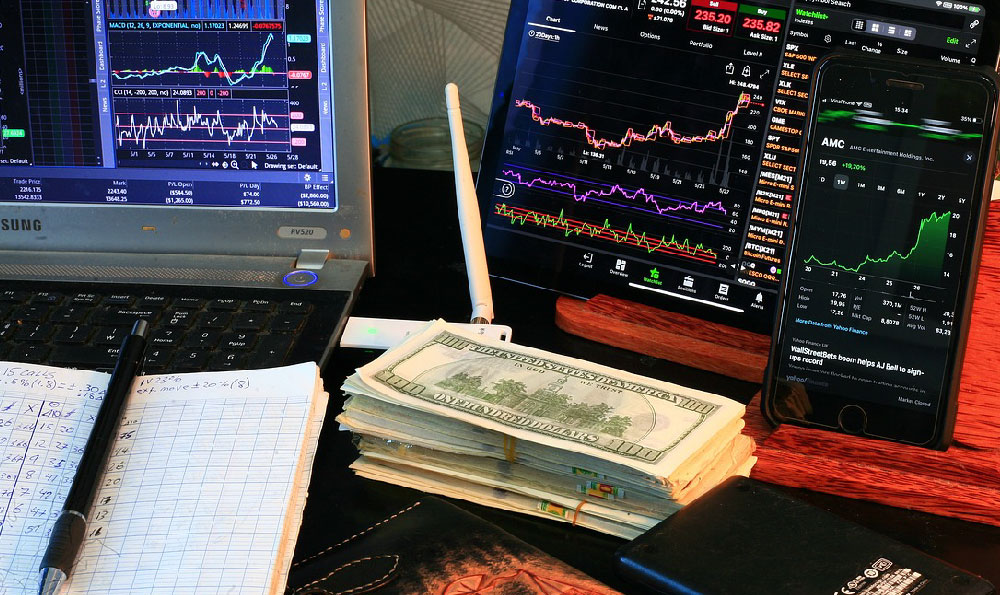What part of Manhattan is Times Square in? Or, is Times Square even in Manhattan?
Times Square, a dazzling beacon of billboards, Broadway theaters, and bustling energy, is undeniably a global landmark synonymous with New York City. However, pinpointing its exact location within the sprawling metropolis of Manhattan can sometimes be confusing, especially for first-time visitors. Yes, Times Square is very much a part of Manhattan, occupying a significant chunk of Midtown. To be more precise, it's situated at the intersection of Broadway and Seventh Avenue, stretching roughly from West 42nd to West 47th Streets.
Understanding its position requires appreciating the unique grid system that largely defines Manhattan's layout. Avenues, running north-south, are numbered consecutively, while streets, running east-west, are also numbered sequentially. Broadway, however, defies this logic. It cuts diagonally across the grid, creating several distinctive intersections and visual landmarks, Times Square being the most prominent among them. This intersection of Broadway and Seventh Avenue, combined with the westward extension of 42nd Street, forms the core of the Times Square area.
The boundaries of Times Square aren't strictly defined by physical markers or official designations. It's more of a cultural and commercial zone, its perimeters determined by the concentration of theaters, advertising displays, tourist attractions, and high pedestrian traffic. Unofficially, many consider the area to extend a block or two beyond the 42nd to 47th Street range, encompassing the surrounding businesses and entertainment venues that contribute to the overall Times Square experience. This perception often includes areas extending further west towards Eighth Avenue, where many theaters and related businesses reside.

The area's history plays a crucial role in its development and identity. Originally known as Longacre Square, it was renamed Times Square in 1904 after the New York Times moved its headquarters to the newly built Times Building (now One Times Square) at the intersection of Broadway, Seventh Avenue, and 42nd Street. The annual New Year's Eve ball drop tradition began shortly thereafter, solidifying Times Square's position as a focal point for national celebrations and global attention. The Times Building itself still stands, although the New York Times newspaper relocated its headquarters to a different location further downtown.
The transformation of Times Square over the decades has been remarkable. In the mid-20th century, it gained a reputation as a seedy and dangerous area, filled with adult entertainment establishments and a generally undesirable atmosphere. However, a concerted effort by the city government and private developers in the 1990s led to a dramatic revitalization. The cleanup involved cracking down on crime, closing down undesirable businesses, and encouraging the development of new attractions, theaters, and retail outlets. This transformation resulted in the family-friendly and tourist-oriented Times Square that we know today.
Today, Times Square is a vibrant mix of entertainment, commerce, and tourism. Broadway theaters line the surrounding streets, offering a diverse array of performances ranging from classic musicals to contemporary plays. The area is also home to numerous restaurants, shops, and attractions, catering to the millions of visitors who flock to Times Square each year. The iconic billboards, with their dazzling displays of advertising and digital art, are a defining feature of the landscape, creating a visual spectacle that is instantly recognizable worldwide.
While Times Square is undeniably a major tourist destination, it also plays an important role in the economy and culture of New York City. It is a major employment center, providing jobs in the entertainment, hospitality, and retail sectors. It is also a hub for media and advertising, with many major companies maintaining a presence in the area. Furthermore, Times Square serves as a gathering place for New Yorkers and visitors alike, hosting public events, celebrations, and protests.
Navigating Times Square can be overwhelming due to the sheer number of people, the bright lights, and the constant activity. Public transportation is the easiest way to reach the area, with several subway lines converging at the Times Square-42nd Street station. Walking is also a good option, especially if you are exploring the surrounding neighborhoods. However, be prepared for crowds and potential delays.
Beyond the bright lights and bustling crowds, Times Square also faces its share of challenges. Concerns have been raised about the commercialization of the area, the proliferation of chain stores, and the displacement of local businesses. Efforts are underway to preserve the area's unique character and ensure that it remains a vibrant and welcoming place for all. Balancing the needs of tourists and residents, preserving the area's history while embracing innovation, and addressing issues of affordability and accessibility are all ongoing challenges for the future of Times Square.
In conclusion, Times Square is undeniably located in the heart of Midtown Manhattan, stretching from West 42nd to West 47th Streets along Broadway and Seventh Avenue. Its boundaries are more conceptual than strictly defined, encompassing the surrounding areas that contribute to its vibrant atmosphere. Its rich history, transformative evolution, and ongoing challenges make it a fascinating and complex landmark, a true embodiment of the energy and dynamism of New York City. Understanding its location and its significance within the larger context of Manhattan helps to appreciate the unique character of this iconic destination.















